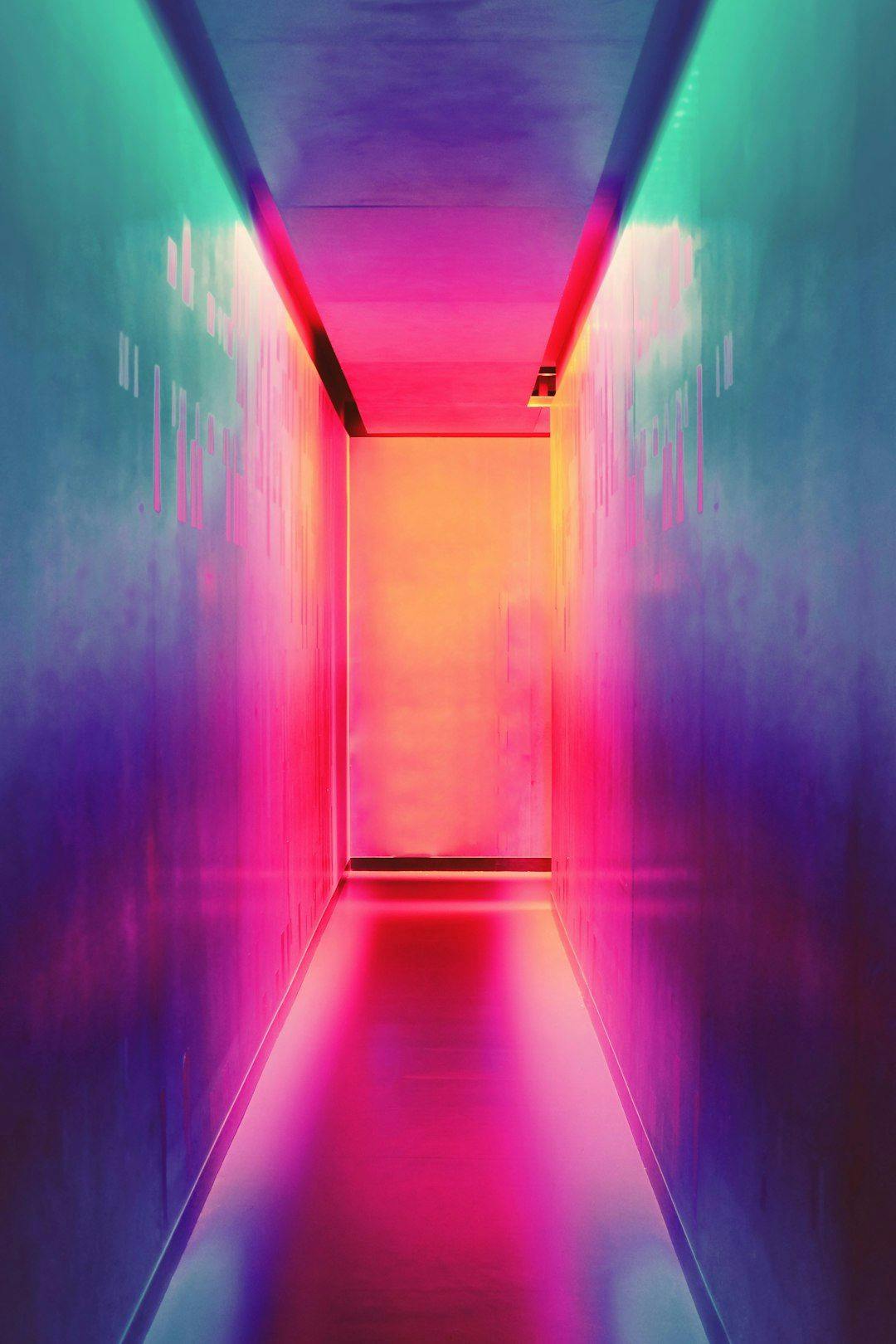Hackernoon
4w
26

Image Credit: Hackernoon
Transformer-Based Restoration: Quantitative Gains and Boundaries in Space Data
- The article discusses transformer-based restoration in space data, showcasing enhancement from HST to JWST quality using a transfer learning-efficient Transformer model.
- Data for the model included GT galaxy images rendered based on analytic profiles and degraded to LQ versions, along with deep JWST images used for finetuning.
- Results show significantly improved correlations between restored images and GT images, reducing scatter in photometry and morphology parameters.
- Limitations include degraded performance in high noise levels, misinterpretation of noise as features, and suboptimal point source restoration.
- The model's potential for scientific applications like precision photometry and morphological analysis is highlighted, despite the identified limitations.
- Acknowledgments include support from IITP and NRF of Korea, and use of NASA's JWST data, with software acknowledgments for various tools used in the study.
- An appendix details tests ensuring the model does not generate false object images from noise, showcasing the effectiveness of the restoration model.
- References include a range of studies in astronomy, imaging, and neural information processing systems, underpinning the research in the article.
- The article is available on arXiv under a CC BY 4.0 Deed license, emphasizing open availability and sharing of the research.
Read Full Article
1 Like
For uninterrupted reading, download the app